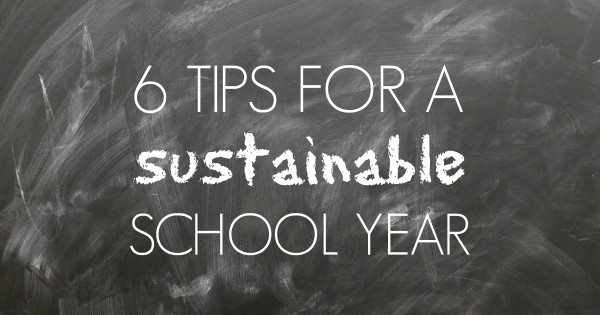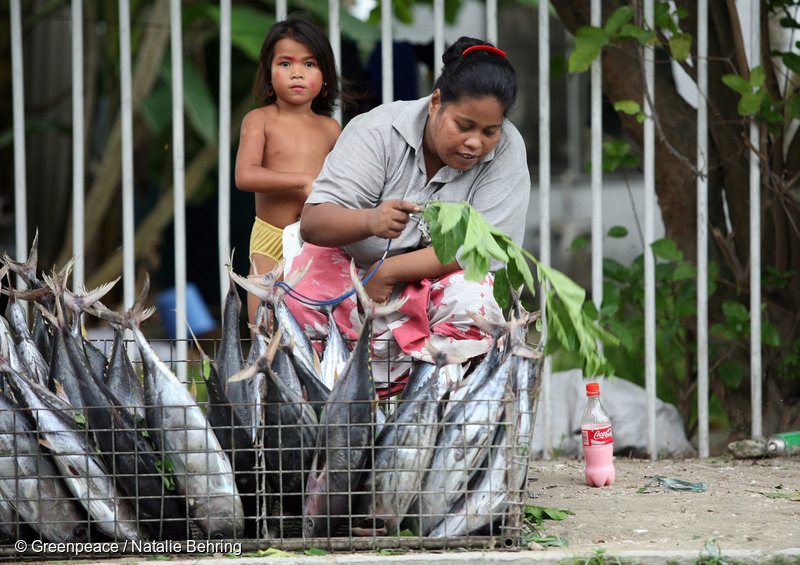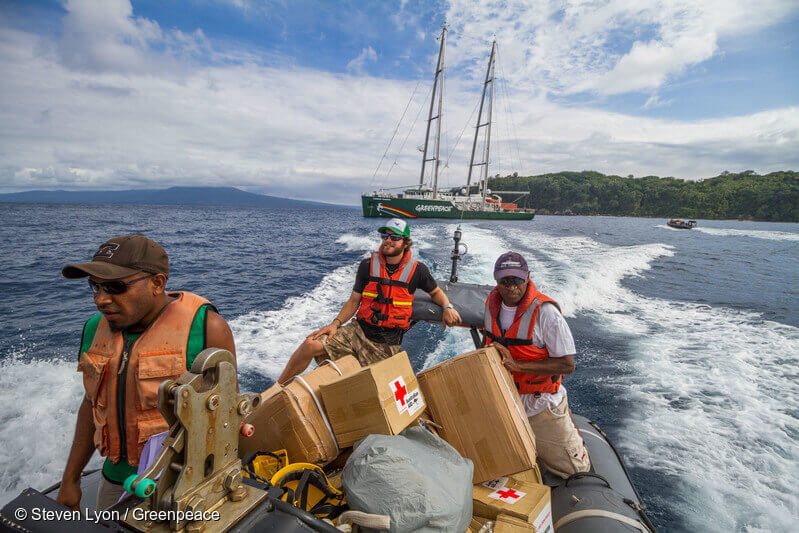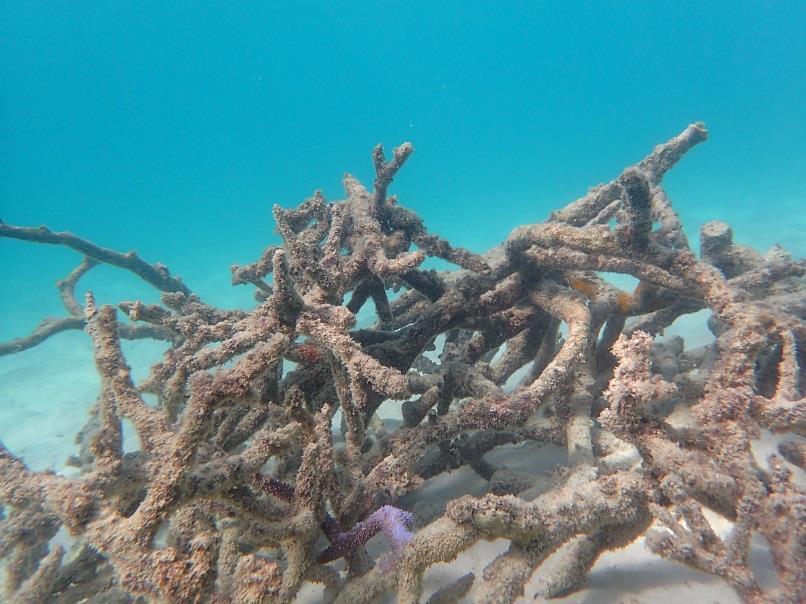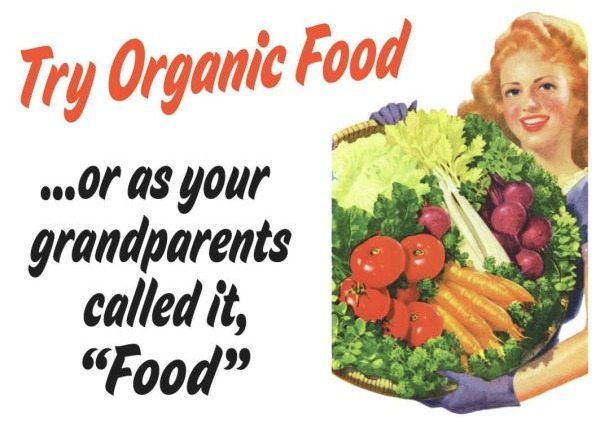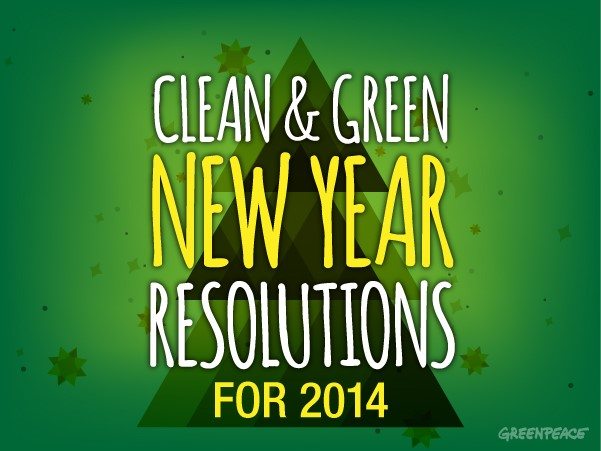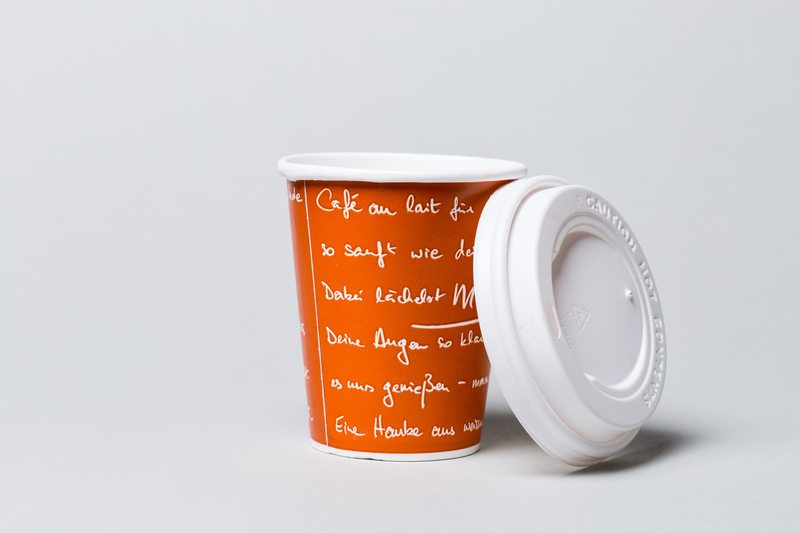All articles
-
6 tips for a sustainable school year!
School’s back in! Whether you’ve already got everything you need for the school year or not - here are six tips to help you think about the planet and your child’s education.
-
6 steps to a green holiday season
Merry Xmas and a Happy New Year! Hooray, holiday season is almost upon us. I don’t know about you but my aim at this time of year is to spend as much time relaxing with friends and family as possible and to eat way, way too much. Gym membership will start in January, I promise.…
-
No work, all play – 6 questions to ask when looking for kids toys
Many people are motivated to make lifestyle changes to create a better world for future generations. Here are six simple questions to help you to do the best by your children and the world when you’re buying toys. 1. Do I need to buy this toy? Toys can help provide children with amusement, education and…
-
How green are Australians?
Many of us are making conscious efforts to lessen our impact on the earth. From our diet, to the things we buy, to the way we get to work – there’s a lot we can do to tread lightly on the environment. Recently, Greenpeace Australia Pacific began a Green Living blog series to help…
-
Change your food, change the world: 5 ways to bite away at your food footprint
Between production, packaging, transport and cooking, the things we eat can have a massive impact on the earth. Luckily, they’re also some of the easiest habits to change. Here are the first steps to going on an environmentally-friendly diet.
-
13 ways to green your wardrobe
Say what you will about jeggings – more often than not, the real fashion victims are the environment, climate, and people making your clothes. |At a sewing machine driven by bike people can have a fabric patch with a globe sewed on their chlothes. Op een naaimachine aangedreven door een fiets kunnen mensen een stoffen…
-
5 indoor plants that are natural purifiers
Think your office could do with some fresh air? Try working on a space station. When NASA wanted to help its astronauts breathe easier, they used plants that improve air quality. Take a look at these 5 plants that could help eliminate nasty toxins in the air. Peace Lily This beautiful, low maintenance flowering plant…
-
Local produce: not just for hipsters
Whether you’re on a low-carbon diet or just want fruit and vegetables that taste great, here are 4 reasons eating local produce is for everyone. Image via positiveatmosphere.com According to the EPA, food accounts for around 30% of the Australian ecological footprint. Luckily, eating local produce can be a great way to cut down on…
-
Here are 10 simple things to reduce your carbon footprint this 2014
Leave your fuel guzzling car at home. Instead, ride a bike, walk or take the public transport to work. Take shorter, less frequent showers, because this not only saves water, but the energy necessary to heat it. Unplug your electronics when not in use. Because even when turned off, items like your television, computer, and…
-
Which bin do I put my coffee cup in?
In the Greenpeace office this week we’ve been arguing over which recycling bin to toss our coffee cups into. While most people take their own mug to the cafe, there are a few people that forget, causing much consternation to the office zealots who find the cups strewn between the plastics, paper, and compost bin.…

